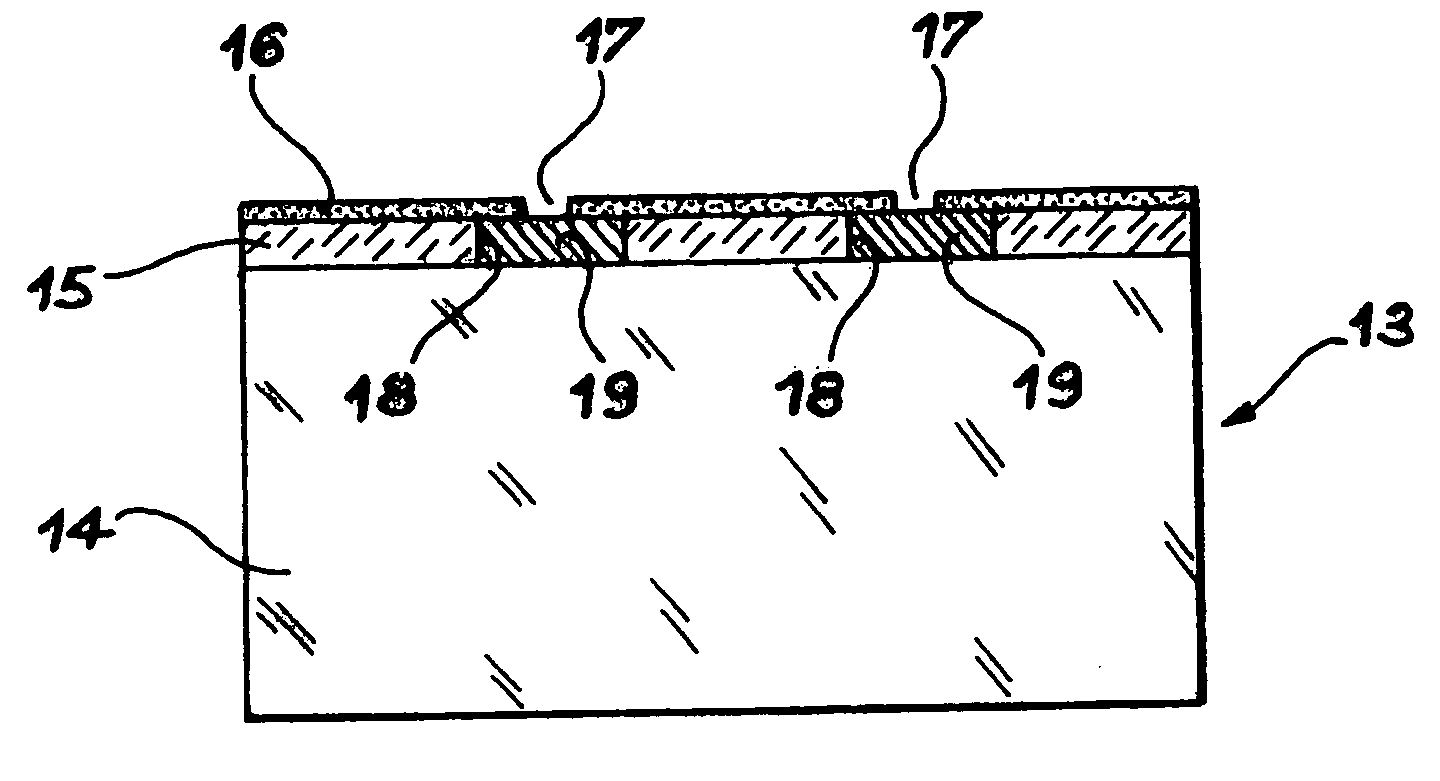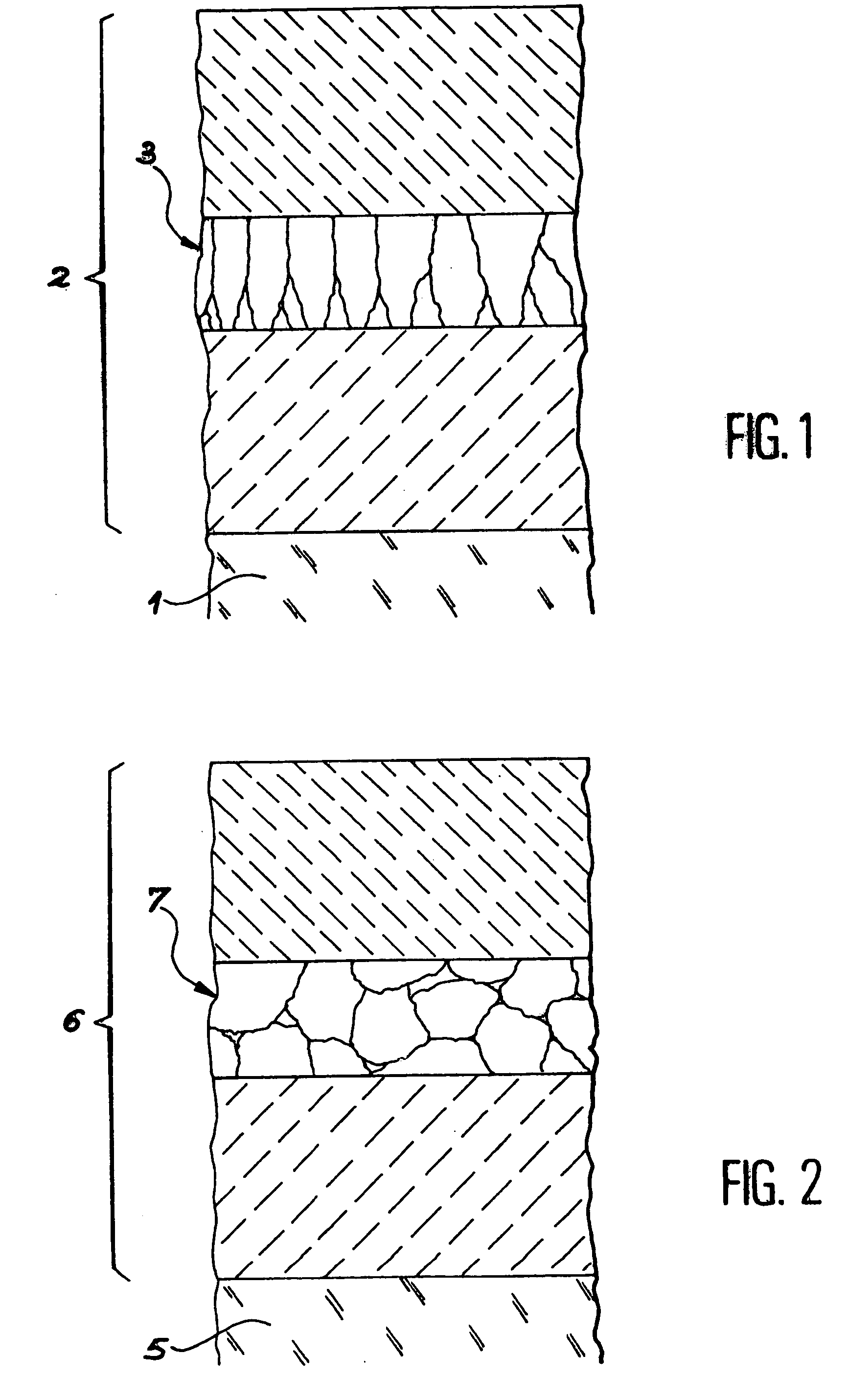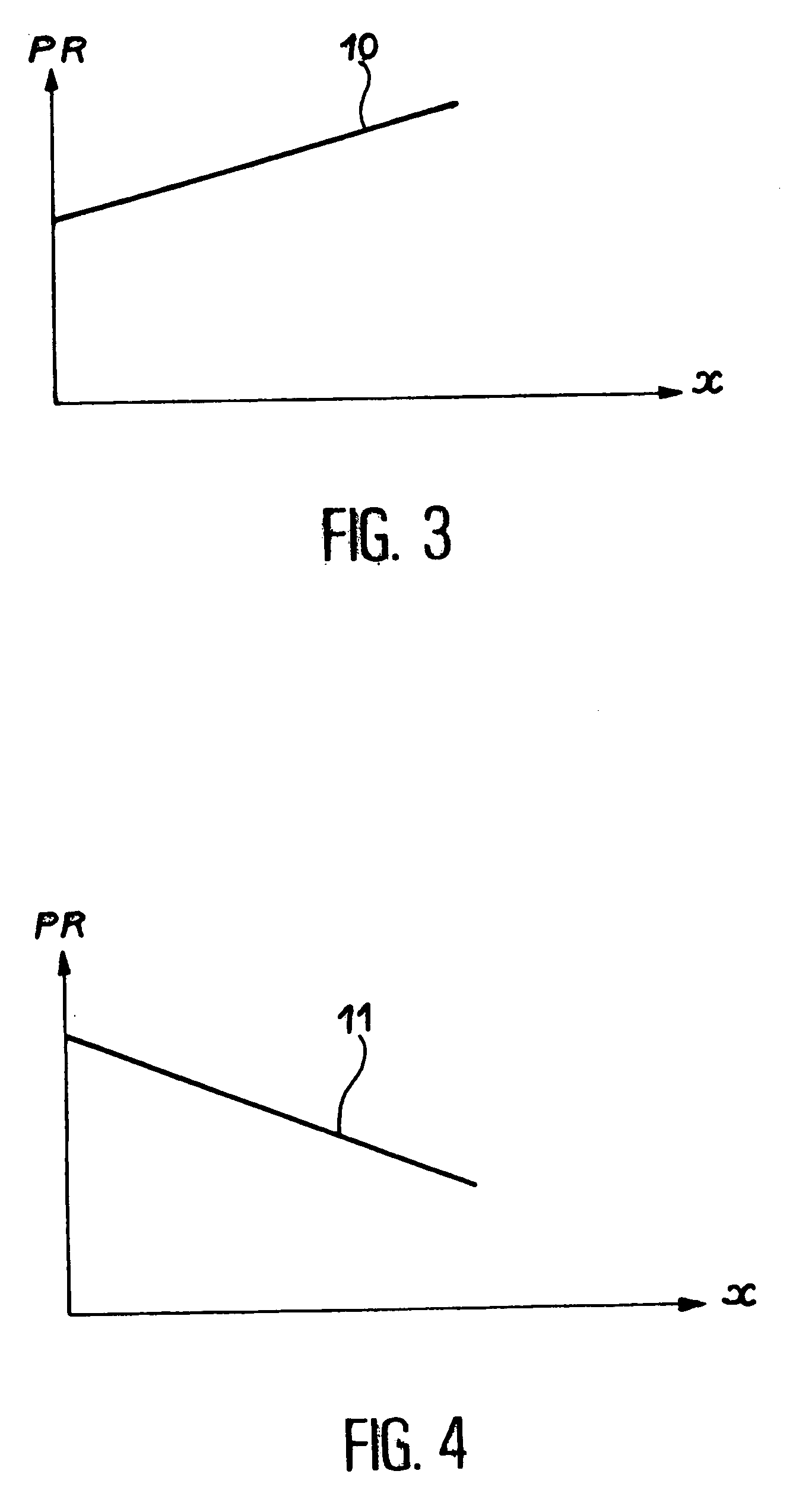Process for the transfer of a thin film comprising an inclusion creation step
a transfer process and a technology for inclusions, applied in the direction of solid-state device manufacturing, electric devices, semiconductor/solid-state device manufacturing, etc., can solve the problems of unsatisfactory film surface planeness after separation and inability to maintain a uniform thickness of thin film
- Summary
- Abstract
- Description
- Claims
- Application Information
AI Technical Summary
Benefits of technology
Problems solved by technology
Method used
Image
Examples
Embodiment Construction
[0009] The improvement proposed by this invention is made possible due to creation of an inclusion or a set of inclusions in the initial substrate material, in order to confine gaseous compounds introduced during the ion implantation step. An inclusion is a volume of material for which the properties are not the same as the properties of the substrate material from which one or more thin films are to be transferred. Inclusions may be in the form of a layer that extends approximately parallel to the surface through which the implantation is done. These volumes may have a variety of shapes and their dimensions may vary from a few tens of nanometers to several hundreds of micrometers.
[0010] The role of these inclusions is to act as traps for implanted gaseous compounds. The radius of action of these traps depends on the nature of the inclusions made. In this case, there is no removed material, as is the case for the process divulged by document EP-A-0 767 486.
[0011] The process accordi...
PUM
 Login to View More
Login to View More Abstract
Description
Claims
Application Information
 Login to View More
Login to View More - R&D
- Intellectual Property
- Life Sciences
- Materials
- Tech Scout
- Unparalleled Data Quality
- Higher Quality Content
- 60% Fewer Hallucinations
Browse by: Latest US Patents, China's latest patents, Technical Efficacy Thesaurus, Application Domain, Technology Topic, Popular Technical Reports.
© 2025 PatSnap. All rights reserved.Legal|Privacy policy|Modern Slavery Act Transparency Statement|Sitemap|About US| Contact US: help@patsnap.com



